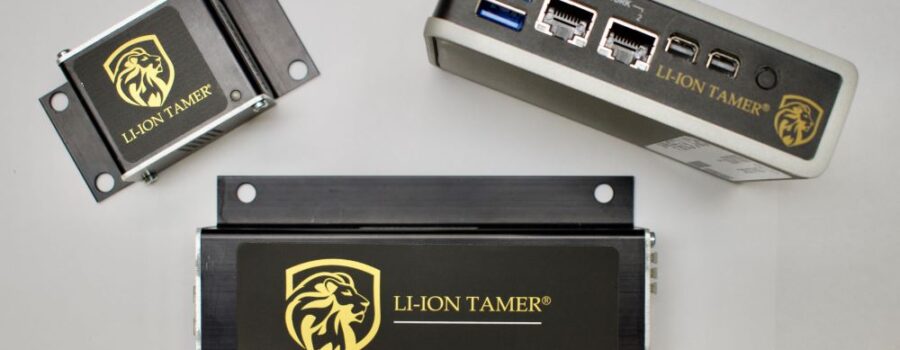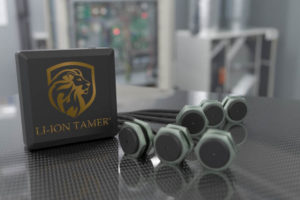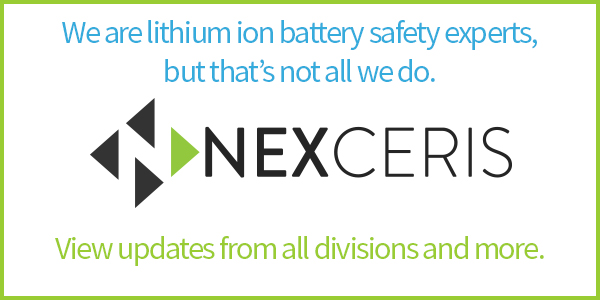Data centers are outdated – those huge, complex rooms that once housed behemoth machines spitting out equation after equation – of the present and of the future. They were integral to getting a man to the moon and are critical to every aspect of modern life – from controlling the temperature in our homes to crunching stats in the Super Bowl to processing computations in cancer research. Data centers are a part of our everyday lives now.
Data center infrastructure has shifted from traditional on-premises physical servers to virtual networks that support applications and workloads across pools of physical infrastructure in a multi-cloud environment. Today, data is connected across multiple data centers, the edge, and public and private clouds.
Data centers must be able to securely support multiple functions and applications, which can include email and file sharing, productivity applications, customer relationship management (CRM), systems, enterprise resource planning (ERP) and databases, big data, artificial intelligence, machine learning, virtual desktops, communication, and collaboration services. They must also support all the components necessary for the day-to-day operations of these systems, including storage systems, servers, routers, switches, firewalls, and application delivery controllers.
Because these components store and manage business-critical data and applications, data center security is critical in data center design. Some security services that protect vast amounts of data include network security appliances, application delivery assurance, and significant infrastructure to support the center’s hardware and software. These include power subsystems, uninterruptible power supplies (UPS), ventilation, cooling systems, fire suppression, backup generators, and connections to external networks.
While there are many types of data centers around the world, there are four main types, and their classification depends on who owns them, how they fit with other data centers, what technology they use for computing and storage, and their energy efficiency. The four types are: enterprise data centers – built, owned, and operated by companies, optimized for their end users and often housed on the corporate campus; managed services data centers – managed by a third party (or a managed services provider) on behalf of a company that leases the equipment and infrastructure instead of buying it; co-location data centers – a company rents space within a data center owned by others and located off company premises and hosts the infrastructure: building, cooling, bandwidth, security, etc., while the company provides and manages the components, including servers, storage, and firewalls; cloud data centers – data and applications are hosted by a cloud services provider such as Amazon Web Services (AWS), Microsoft (Azure), or IBM Cloud or other public cloud providers.
As technology continues to evolve, organizations have many options when it comes to data. They can build and maintain their hybrid cloud data centers, lease space within colocations, consumer-shared computer and storage services, or use public cloud-based services. Applications no longer reside in just one place. They operate in multiple public and private clouds, managed offerings, and traditional environments. The data center has become vast and complex in this multi-cloud era, geared to drive the ultimate user experience.
For years, valve-regulated lead-acid (VRLA) batteries were the battery of choice for UPS systems used in data centers. However, lithium-ion batteries are rapidly growing in popularity in these applications. There are clear benefits to using Li-ion batteries in data centers, but there are also potentially major downsides. Li-ion batteries can be a serious fire hazard that can risk mission-critical power. To protect against these risks and leverage the advantages of lithium-ion batteries for these applications, the 2024 version of NFPA 75 and 76 requires lithium-ion battery systems used in most data centers to be equipped with an electrolyte vapor detection system such as Li-ion Tamer (reference NFPA 75 Section 11.5.4.1 and NFPA 76 Section 6.10.8.3.1). Li-ion Tamer is currently providing advanced detection for data centers around the globe.






